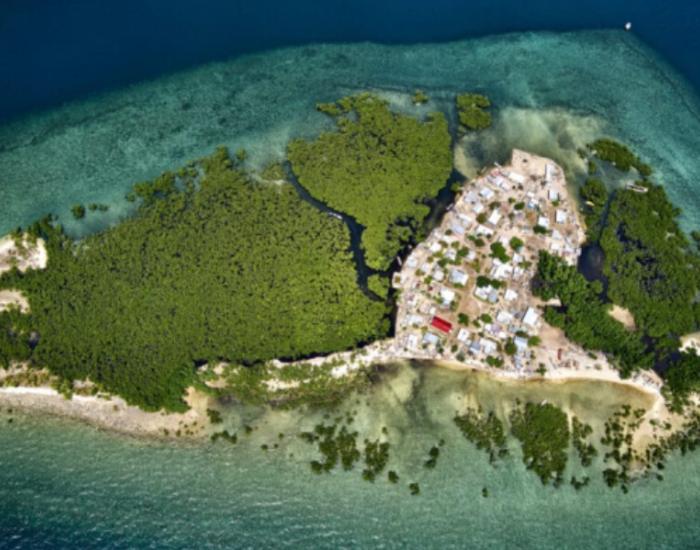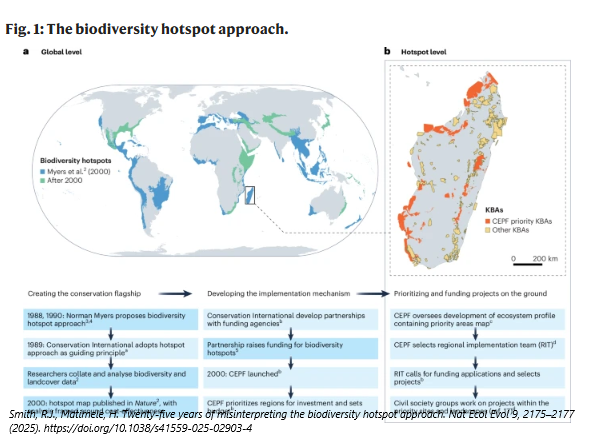0
Marine Protected Areas
0 km²
0
Terrestrial Protected Areas
0 km²
0
Total Protected Areas
0 km²
Browse Protected Areas by Country
PIPAP Resource Hub
Latest News
Featured Resources
-
Protected area management has significant spillover effects on vegetation
Cumming, G.S. Protected area management has significant spillover effects on vegetation. Nature (2025). https://doi.org/10.1038/s41586-025-09837-8 -
Five key opportunities to enhance the effectiveness of area-based marine…
Stanley, R.R.E., Abad-Uribarren, A., Belackova, A. et al. Five key opportunities to enhance the effectiveness of area-based marine conservation. npj Ocean Sustain 4, 67 (2025). https://doi.org/10.1038/s44183-025-00172-z -
Twenty-five years of misinterpreting the biodiversity hotspot approach
Smith, R.J., Matimele, H. Twenty-five years of misinterpreting the biodiversity hotspot approach. Nat Ecol Evol 9, 2175–2177 (2025). https://doi.org/10.1038/s41559-025-02903-4













